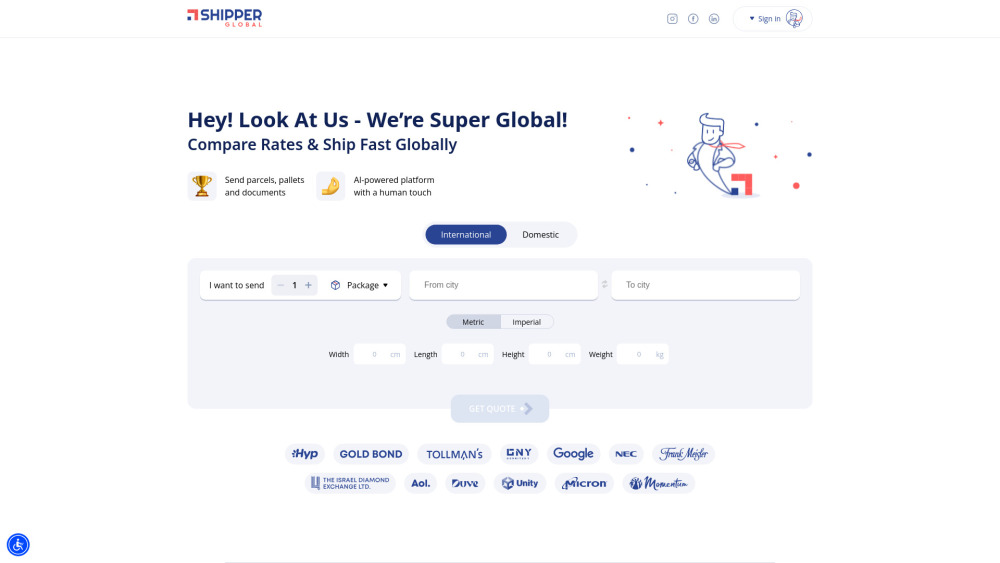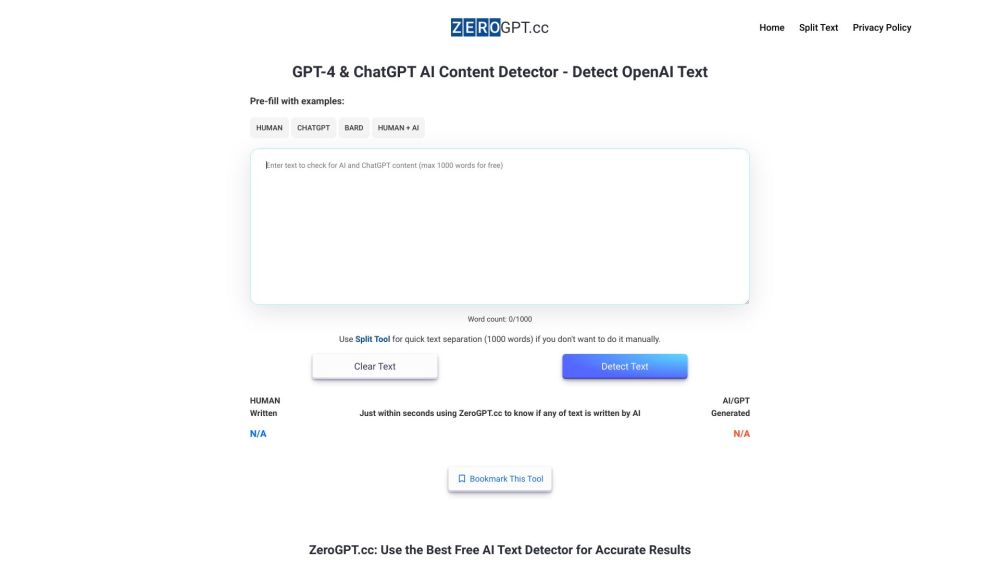Price War Erupts: OpenAI Launches Affordable Products, Intensifying AI Model Competition
Most people like

Welcome to our global courier rate comparison platform, where you can effortlessly compare shipping rates from a variety of top couriers around the world. Whether you’re a small business owner, an e-commerce entrepreneur, or someone needing to send a package, our user-friendly tool enables you to find the best options for your shipping needs. Save time and money by quickly identifying the most affordable rates, ensuring your packages reach their destinations efficiently. Start comparing global courier rates today for a seamless shipping experience!

ZeroGPT.cc effectively identifies AI-generated content through advanced machine learning algorithms and natural language processing techniques. With its cutting-edge technology, it ensures reliable detection, providing users with confidence in the authenticity of their text.

Elevate your visual content by transforming videos and enhancing images with the power of AI technology.

Are you ready to enhance your content creation process? Our innovative AI tool empowers users to effortlessly produce engaging faceless short videos. Whether you're a marketer, educator, or social media enthusiast, this user-friendly platform simplifies the video-making experience. Dive into a world of limitless storytelling and boost your online presence today!
Find AI tools in YBX
Related Articles
Refresh Articles
